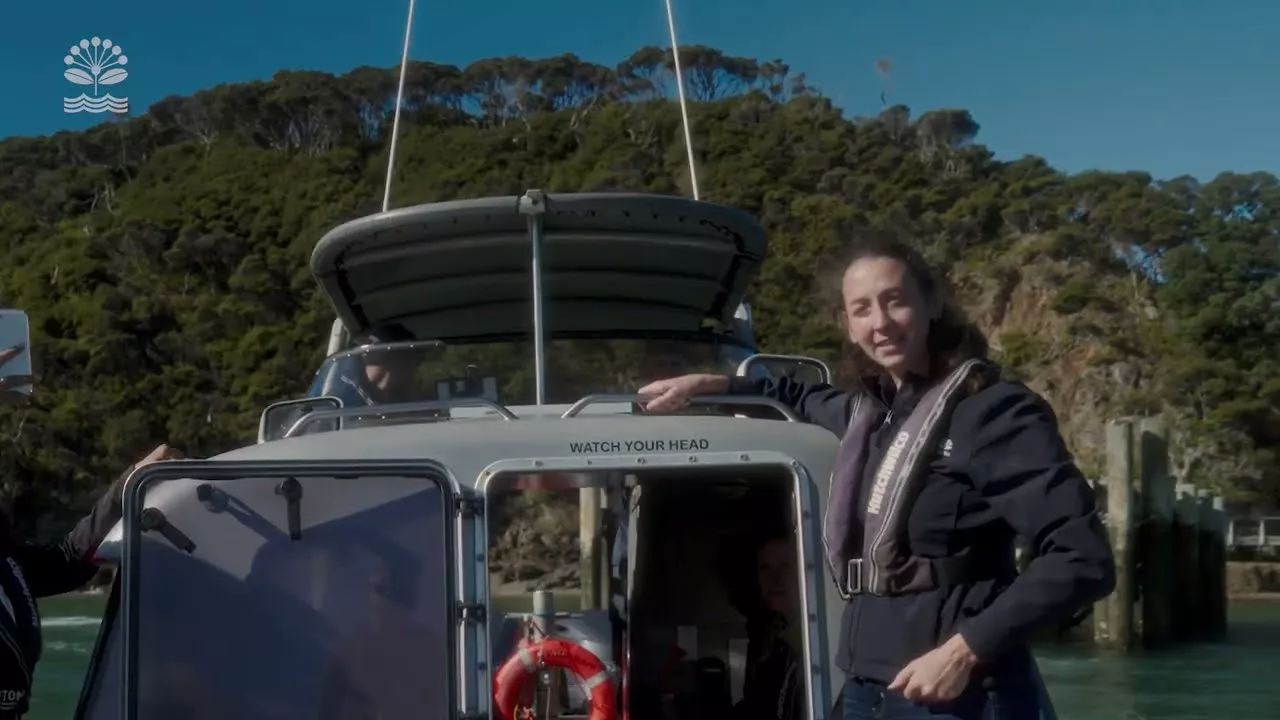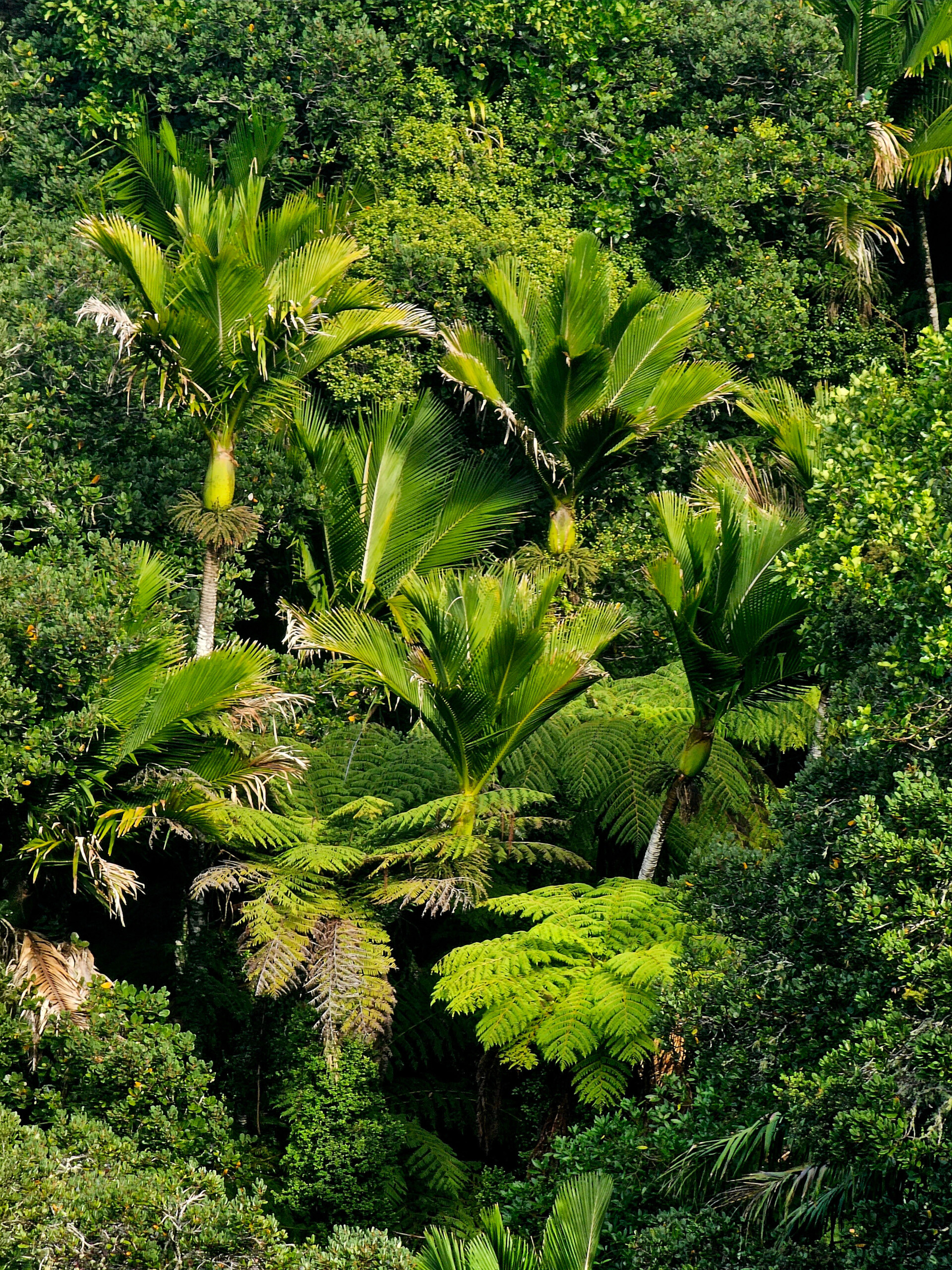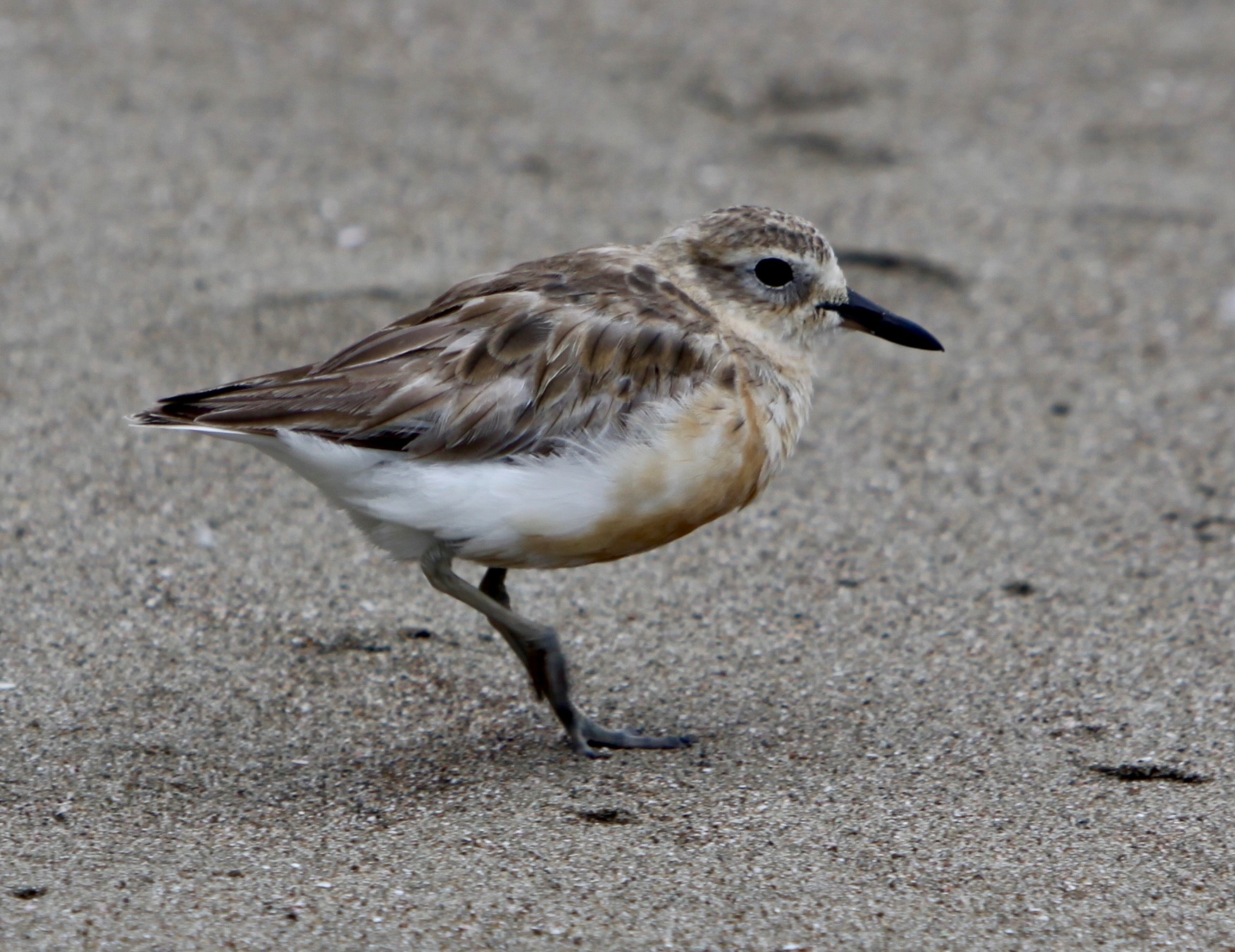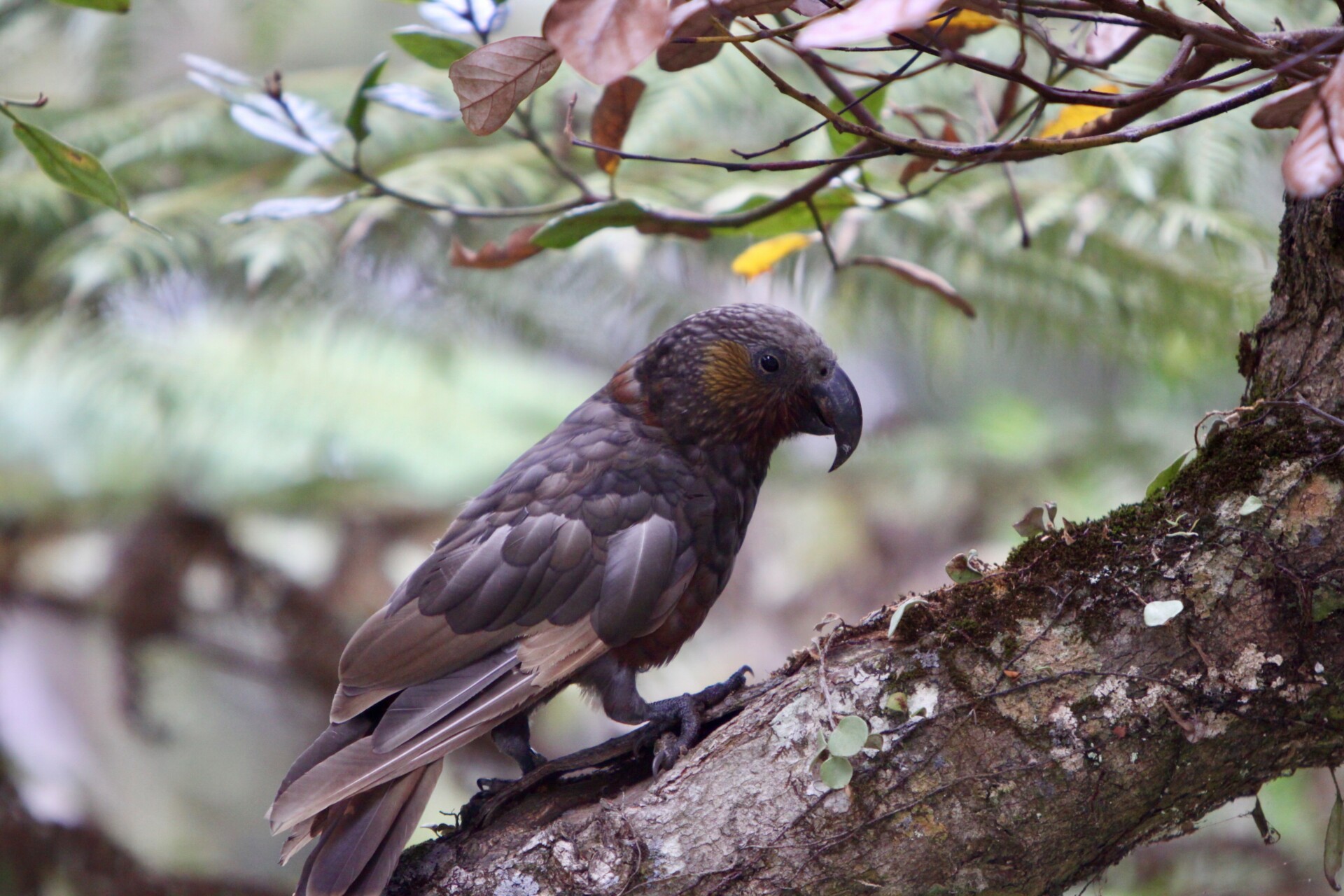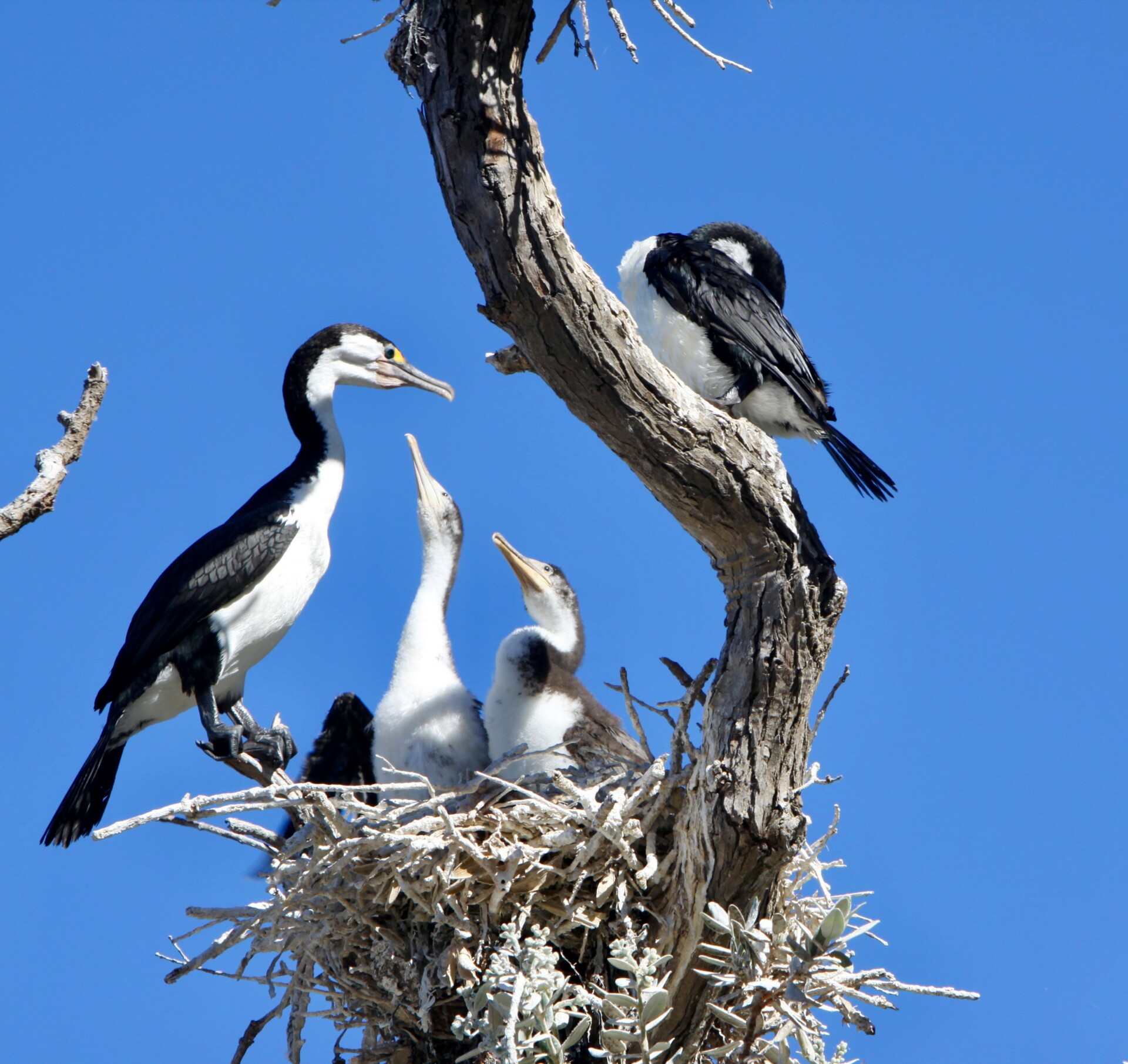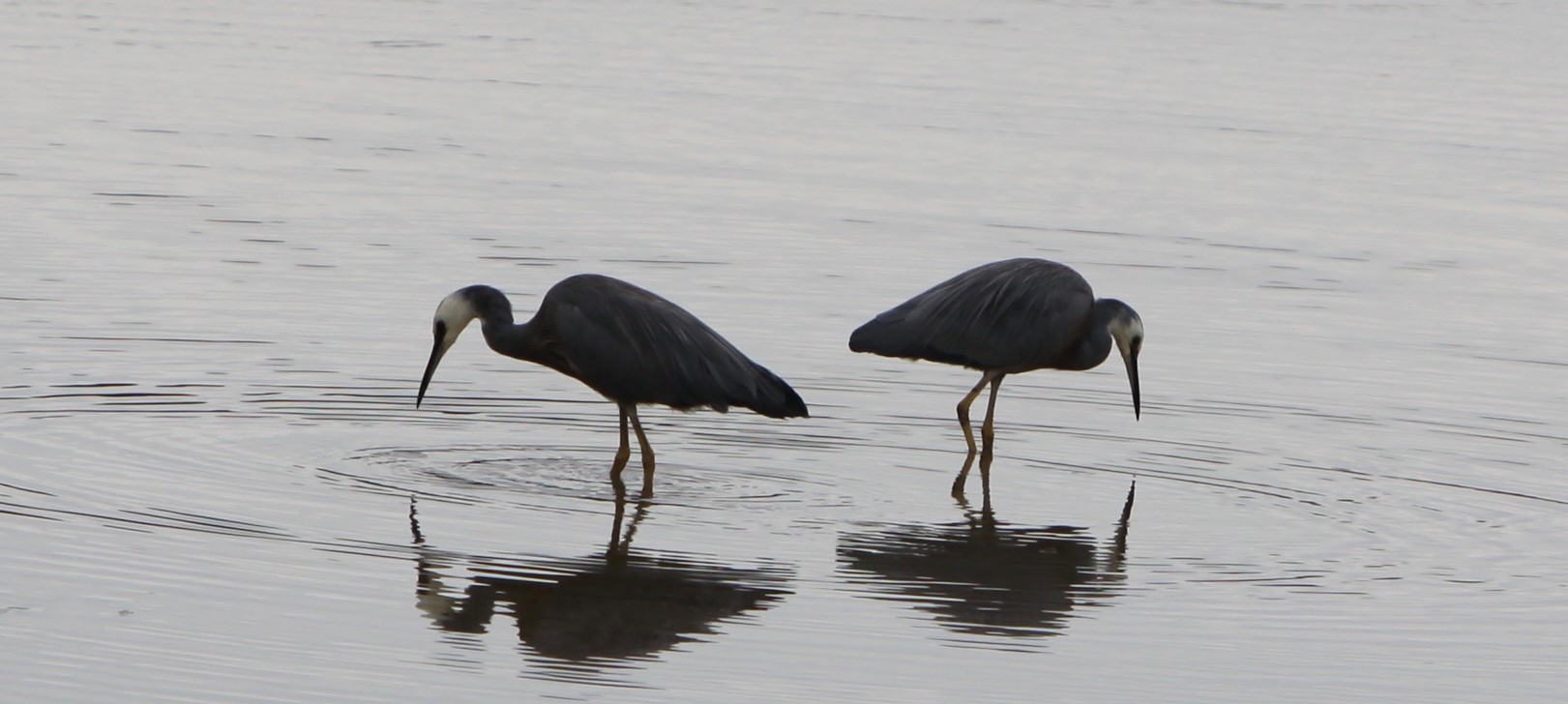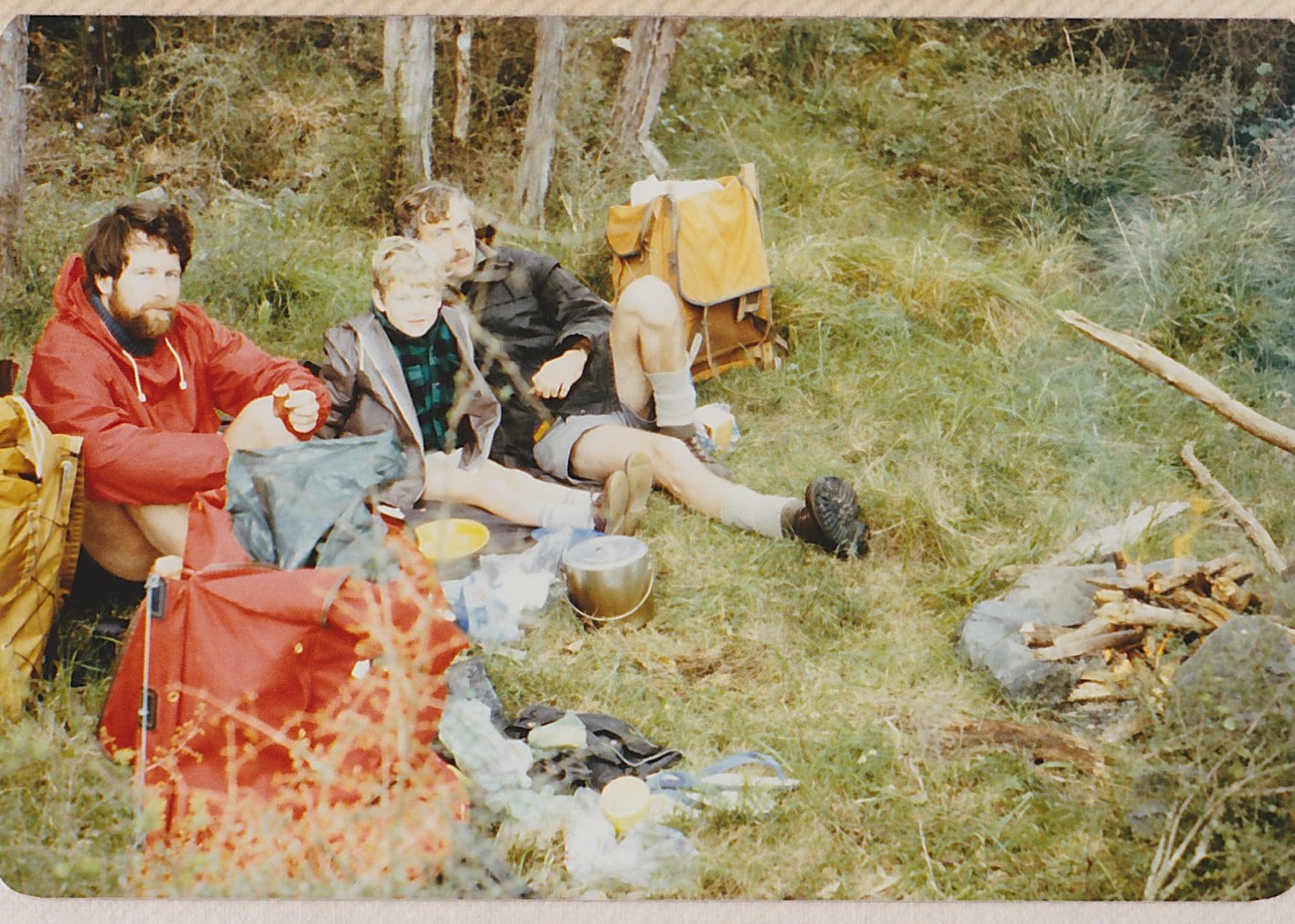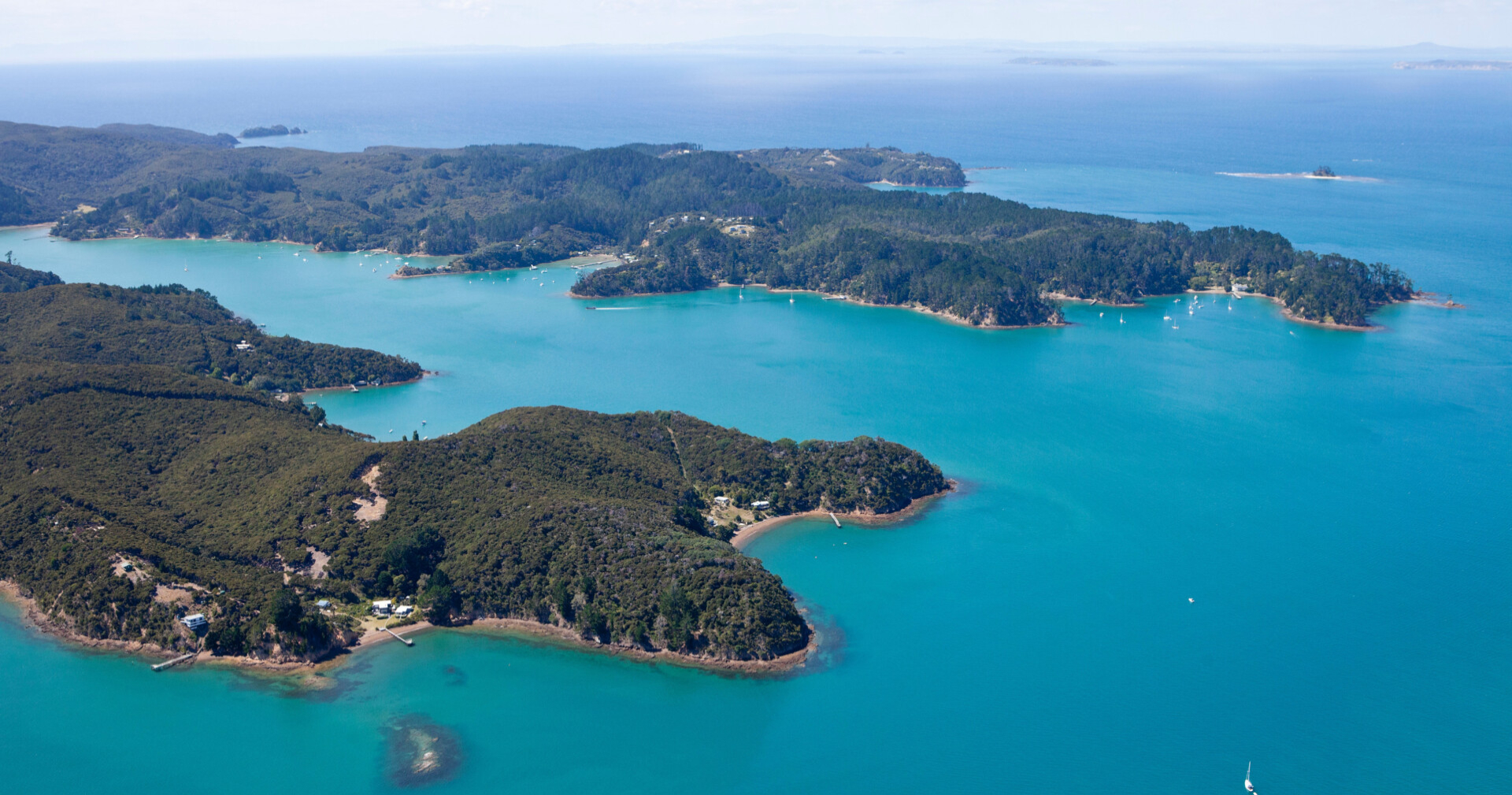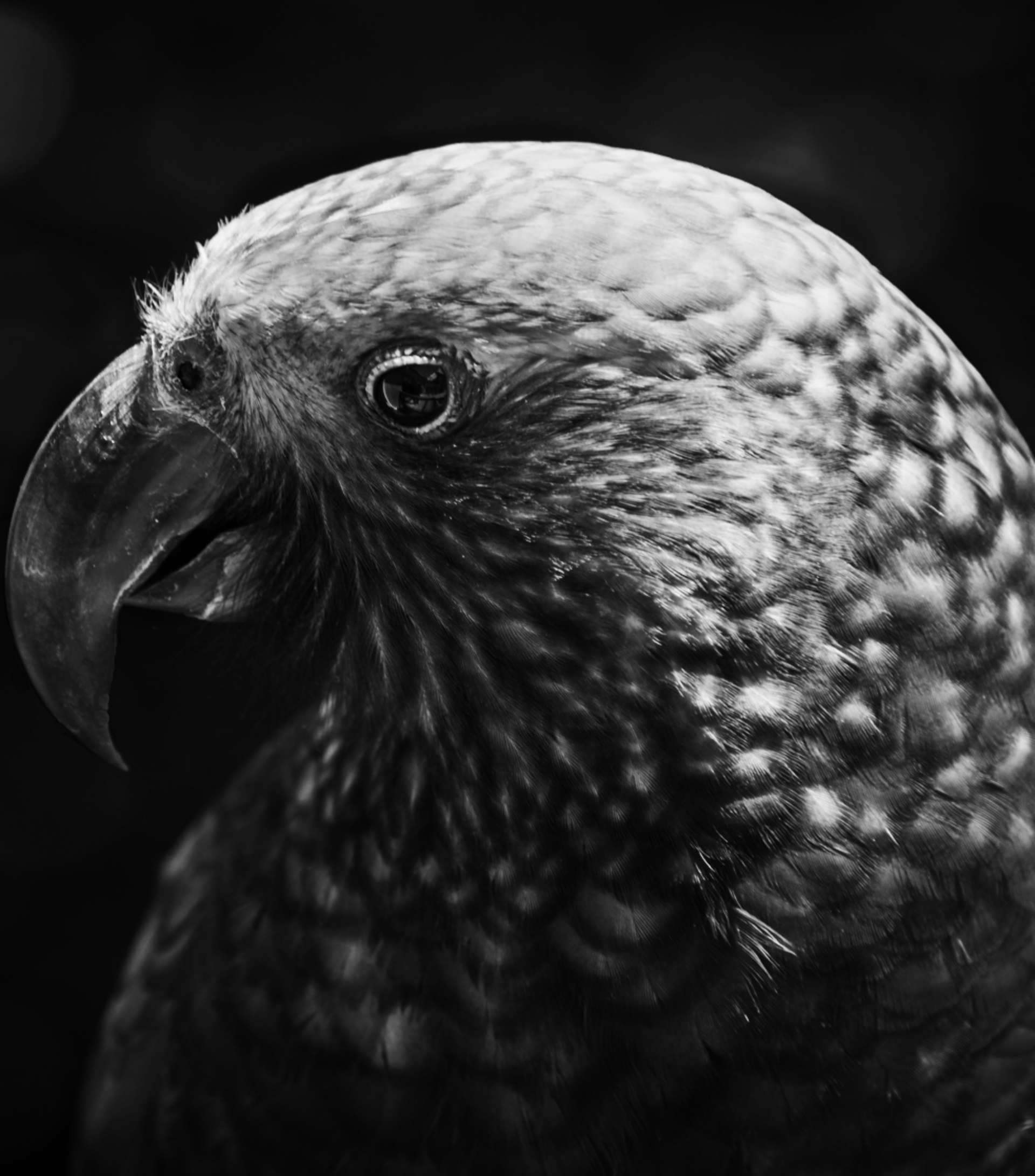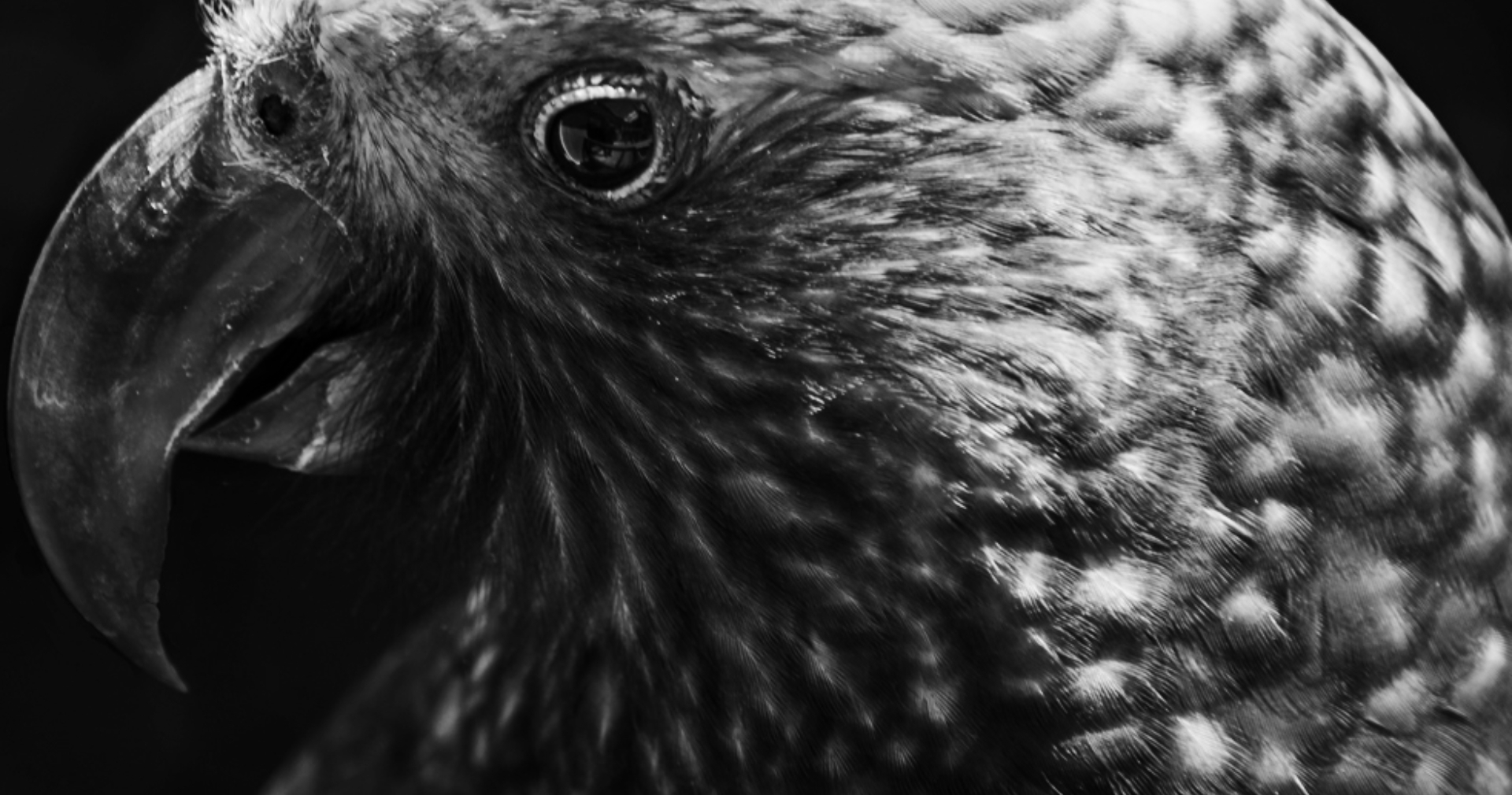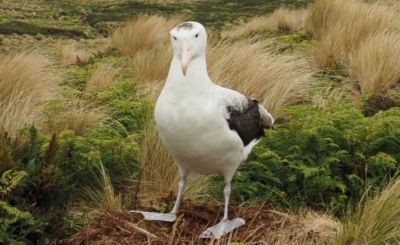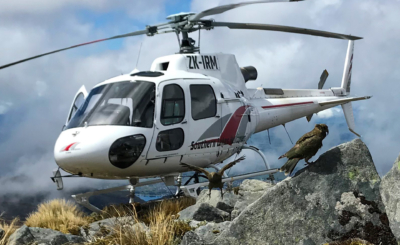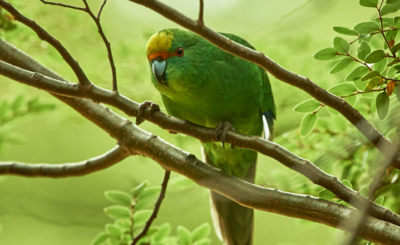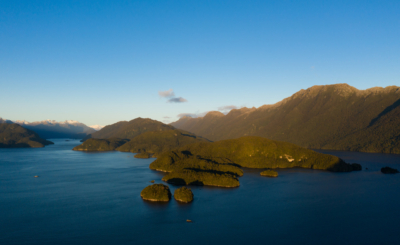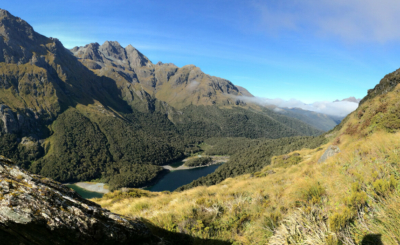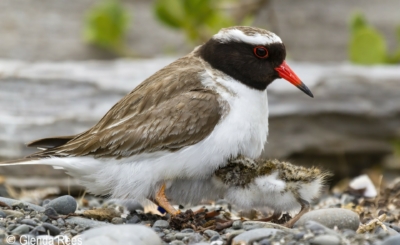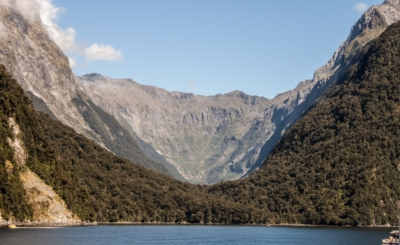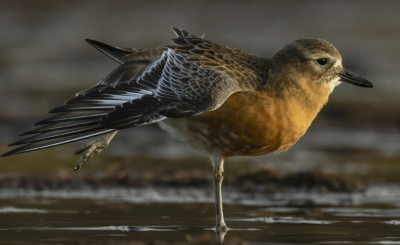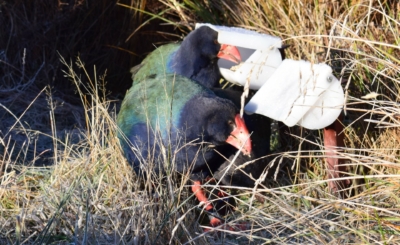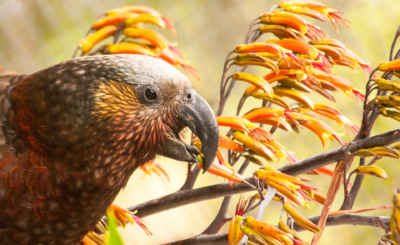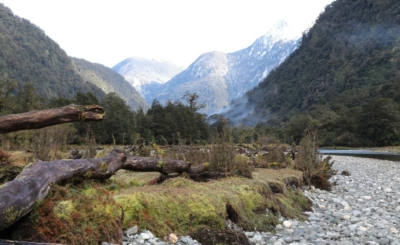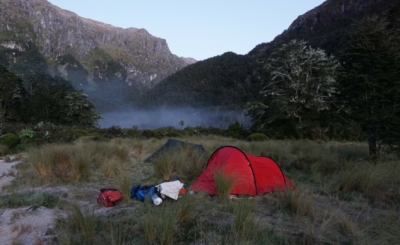The Hauraki Gulf sits on the doorstep of New Zealand’s largest city Auckland and plays an important role in the daily lives of our people. It is our playground, an area of cultural value and a centre of biodiversity.
With over 1.4 million hectares and more than 50 islands, the gulf is home to plants and wildlife found nowhere else in the world.
Over 70 species of seabirds (c. 20 percent of the world’s seabirds) are found in the gulf; 27 of these breed in the region. Of these, 16 species are found only in New Zealand and five are found only in the Hauraki Gulf.
The presence of these species that are exclusive to the region equal that of entire countries, and is what makes the Hauraki Gulf a globally significant seabird hotspot. The gulf is internationally recognised as an International Bird Area; as such, the region is a taonga (treasure) in need of our protection.
With 85 percent of the Hauraki Gulf breeding seabird species considered to be threatened or at risk, predator free islands play a fundamental role in preventing extinction.
The Kawau Island restoration project marks a key milestone on this region’s predator free journey.
With your support, Kawau Island can become the largest predator-free , inhabited island in New Zealand.
